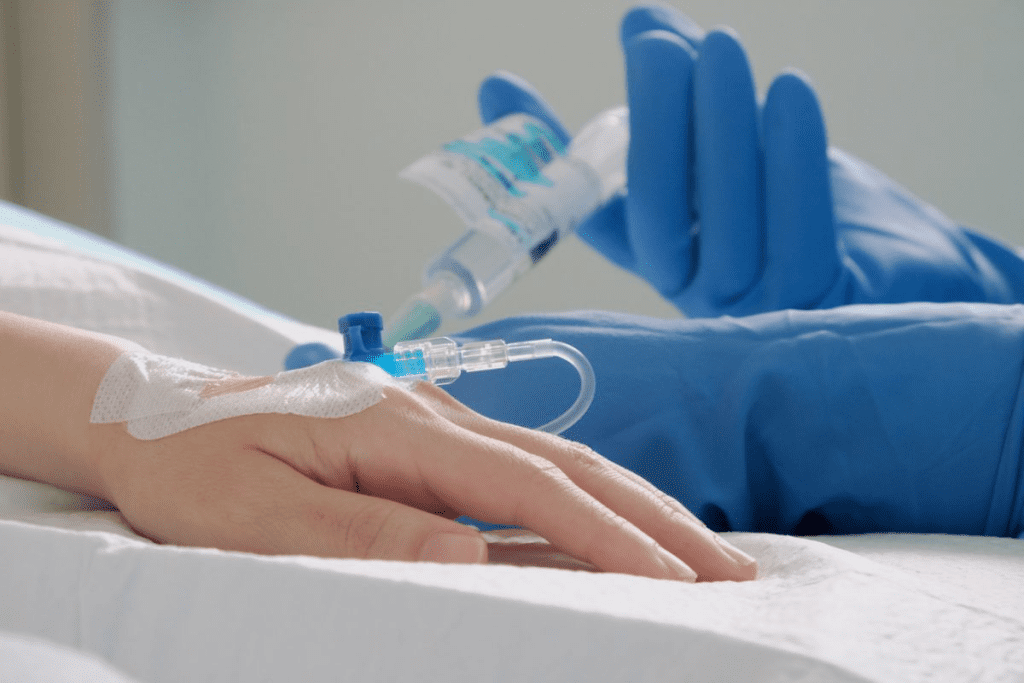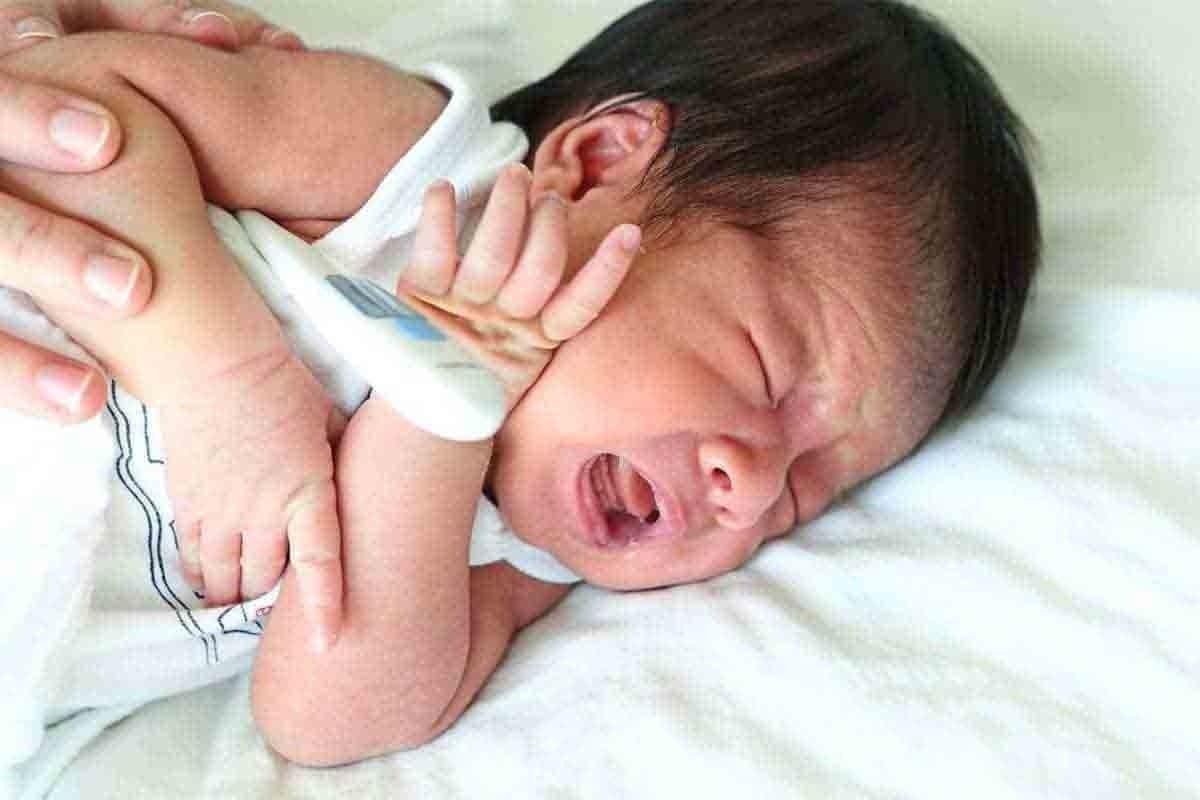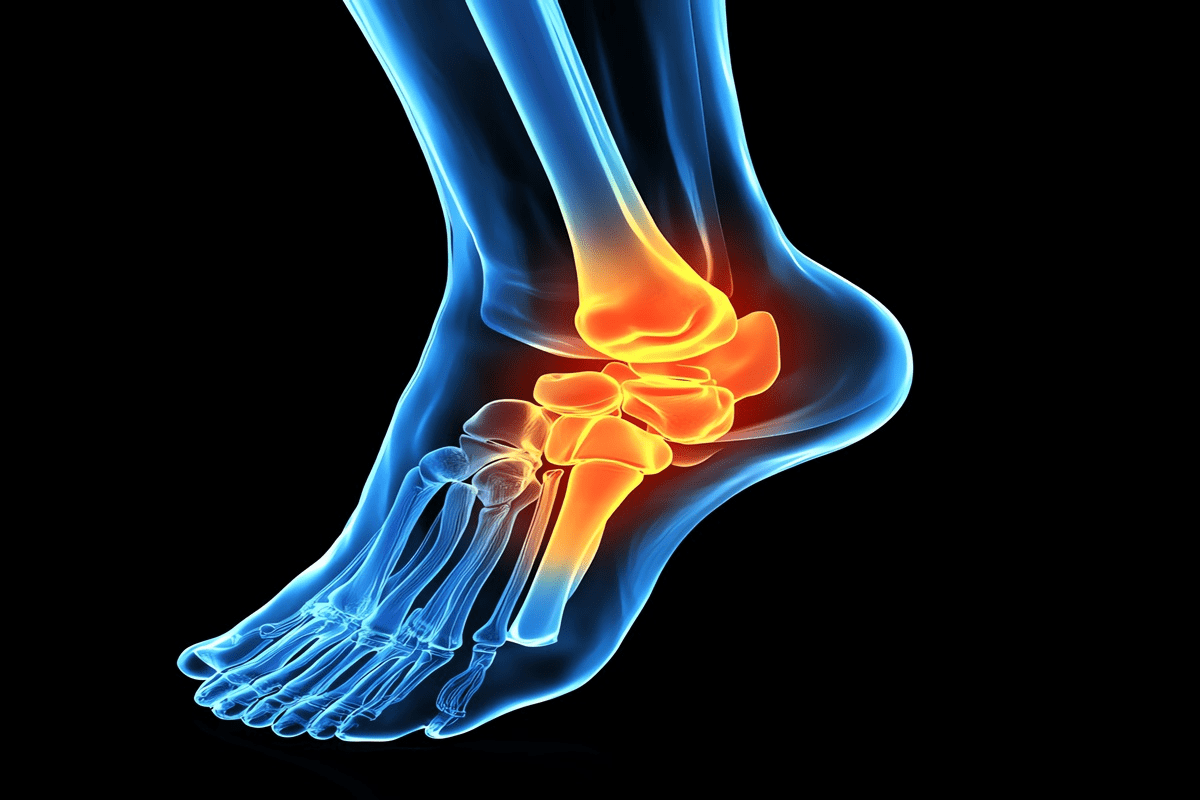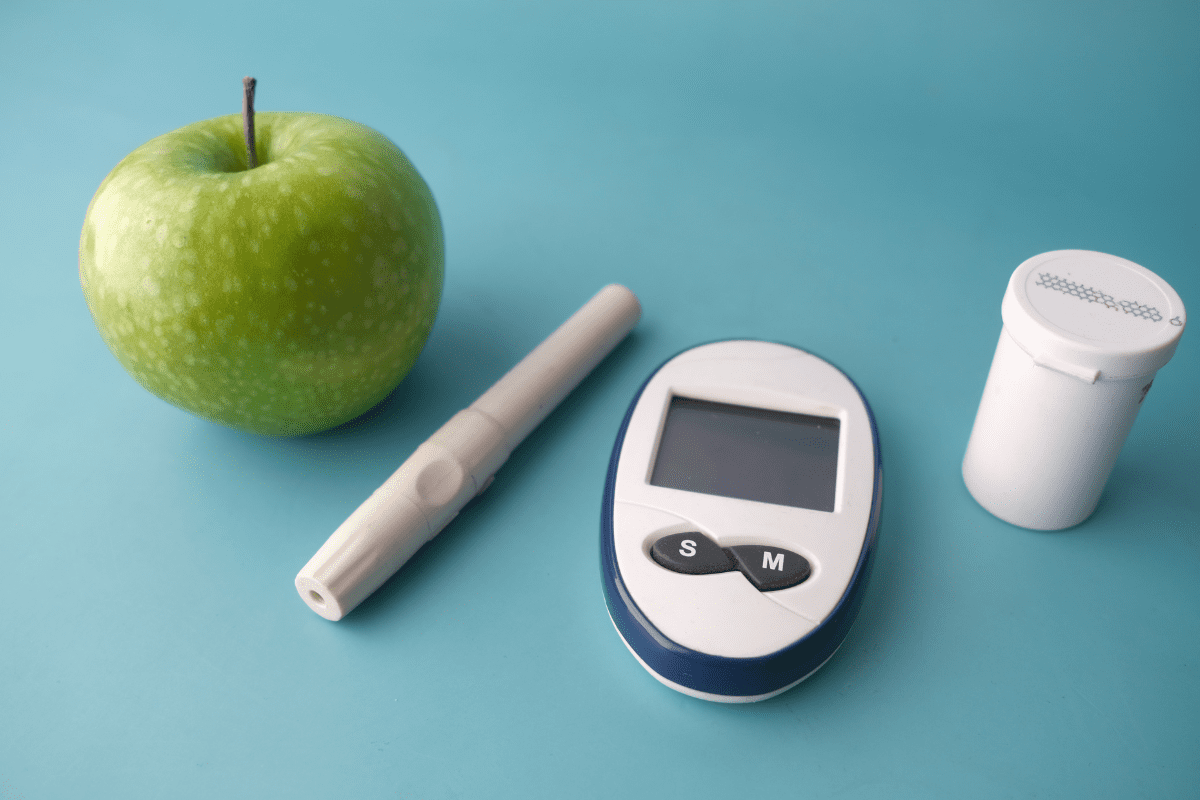Last Updated on November 26, 2025 by Bilal Hasdemir

Cancer treatment has made big strides, with chemotherapy being key in the battle against cancer. They stress the need to know about chemo choices.
Cancer is complex, needing many treatment ways. There are three main types of chemotherapy, each with its own role in fighting cancer. Knowing about these can help patients make better choices for their care.
Key Takeaways
- Chemotherapy is a vital part of cancer treatment.
- There are three main types of chemotherapy.
- Knowing about chemotherapy options helps in making decisions.
- Cancer treatment is complex and needs many approaches.
Understanding Chemotherapy and Its Role in Cancer Treatment
Chemotherapy is a way to treat cancer by using chemicals. It targets cancer cells all over the body. This method uses drugs to kill cancer cells everywhere in the body.
The Fundamental Mechanism of Mechanisms of Chemotherapy
Chemotherapy attacks cells that grow fast, like cancer cells. It stops these cells from dividing and growing. The exact way it works depends on the type of chemotherapy.
Goals of Chemotherapy Treatment
Chemotherapy has several main goals. One is to cure cancer by getting rid of cancer cells. If a cure isn’t possible, it aims to slow cancer growth. This helps ease symptoms and improves life quality.
It also helps shrink tumors before surgery or radiation. This makes these treatments more effective. In advanced cancer, it relieves symptoms.
The following table summarizes the main goals of chemotherapy treatment> treatment:
Cure Cure Control Shrink Shrink
| Goal | Description |
| Cure Cancer | Eliminate malignant cells from the body. |
| Limit the proliferation of cancer cells cells cells. | |
| Shrink Tumors | Reduce tumor size to facilitate other treatments. |
| Alleviate symptoms associated with advanced cancer. |
Relieve
Understanding how chemotherapy works helps patients. They can make better choices about their treatment. This way, they can make informed decisions about their care.
Make
The Classification of Chemotherapy Types
Understanding the different types of chemotherapy is key to fighting cancer. Chemotherapy uses drugs to kill cancer cells. Knowing how these drugs are grouped helps doctors choose the best treatment for each patient.
How Oncologists Categorize Chemotherapy Drugs

Oncologists sort chemotherapy drugs by how they work and their chemical makeup. This sorting helps them see how different drugs can work together better.
Categorization by Mechanism of Action: Drugs are grouped by how they affect cancer cells. Some damage DNA, while others stop cells from dividing.
- Alkylating agents: These drugs damage DNA, stopping cancer cells from growing.
- Antimetabolites: These drugs block DNA and RNA production, slowing cancer cell growth.
Chemical Structure: Drugs are also sorted by their chemical makeup. This is important because drugs with similar structures often work in similar ways.
| Chemotherapy Class | Examples of Drugs | Mechanism of Action |
| Alkylating Agents | Cyclophosphamide, Chlorambucil | Directly damage DNA |
| Antimetabolites | 5-Fluorouracil, Methotrexate | Interfere with DNA/RNA synthesis |
The Evolution of Chemotherapy Approaches
Chemotherapy has changed a lot over time. It has moved from old methods to more targeted treatments. This change shows we understand cancer better and have better drugs.
“The development of targeted therapies represents a significant advancement in cancer treatment, giving new hope to patients with specific types of cancer.”
The future of chemotherapy is in precision medicine. This means treatments will be made just for each patient’s cancer. It aims to make treatments more effective and reduce side effects.
Type 1: Cytotoxic Chemotherapy Explained
Cytotoxic chemotherapy is a key part of cancer treatment. It aims to kill cancer cells. Chemotherapy drugs target fast-growing cells, like cancer, to stop tumors from growing.
Mechanism of Action for Cytotoxic Agents
The way cytotoxic agents work is by messing with the cell cycle. They target cells that are dividing quickly. This leads to cell death.
These drugs are made to be selectively toxic to cancer cells. But they can also harm other fast-growing cells in the body. This includes hair follicles and the lining of the stomach.
Major Classes of Cytotoxic Drugs

There are several major classes of cytotoxic drugs. Each has its own way of working and is used in cancer treatment:
- Alkylating agents: These drugs damage DNA in cancer cells. This stops them from making copies. Examples are cyclophosphamide and cisplatin.
- Anthracyclines: This group includes drugs like doxorubicin. They get in between DNA strands. This stops an enzyme called topoisomerase II and causes DNA damage.
These drugs are used alone or with other treatments. It depends on the cancer type, stage, and how it’s being treated.
Type2: Targeted Therapy as Modern Chemotherapy
Modern chemotherapy has changed with targeted therapy. It focuses on specific molecules in cancer growth. This is a big change from old chemotherapy methods.
Targeted therapies aim at specific molecules in cancer growth. They are different from old drugs that harm both cancer and healthy cells. It offers a more personalized way to fight the disease.”
How targeted therapies differ from traditional cytotoxic drugs
Targeted therapies and old drugs work differently. Old drugs kill fast-growing cells, harming both cancer and healthy cells. Targeted therapies aim at cancer cells or their growth helpers.
A study found that targeted therapy is safer for normal cells. This means less harm and better life quality for patients. This is a big plus in cancer treatment, making targeted therapy a top choice for many.
Major categories of targeted therapies
Targeted therapies fall into several types. These include:
- Monoclonal antibodies that target specific proteins on cancer cells.
- Tyrosine kinase inhibitors that block signals that cancer cells need to grow.
- Proteasome inhibitors that disrupt protein degradation in cells, leading to cell death.
Each type is a big step forward in modern chemotherapy. They offer new hope to those fighting cancer treatment. Knowing the different chemotherapy types helps doctors tailor treatments better.
“The development of targeted therapy has revolutionized the field of oncology, providing oncologists with powerful new tools to fight cancer.”
Type 3: Hormonal Therapy for Hormone-Sensitive Cancers
Hormonal therapy is a key treatment for cancers that hormones affect. It’s mainly used for breast and prostate cancer. Hormones can make these cancers grow faster.
Mechanism of Action for Hormonal Treatments
Hormonal therapies either lower hormone levels or block their action on cancer cells. Drugs can stop hormone production or block hormone receptors on cancer cells.
Common Hormonal Therapy Approaches
There are several ways to treat hormone-sensitive cancers. For breast cancer, tamoxifen and aromatase inhibitors are common. For prostate cancer, androgen deprivation therapy (ADT) is often used, with drugs like GnRH agonists or antagonists.
Type of Cancer CancerHormonal Therapy ApproachApproach> Modulators (SERMs)> >>
| C | Examples of Drugs Drugs | |
| Selective EstrogenSelective Estrogen Receptors Receptors Modulators (SER Modulators (SERMs) | tam>tamoxifen oxigen | |
| AromataseAromatase Inhibitors Inhibitors Inhibitors | let>letrozole rozole, anastrozrozole | |
| ProstateProstate Cancer Cancer | Androgen DeprivationAndrogen Deprivation Therapy (ADT)vation Therapy (ADT) | Gn GnRH agonist agonists (e.gg., leuprolid), GnRH leuprolideuprolide), GnRH antagonists (e.g., degare degarelix) |
“Hormonal therapy has revolutionized the treatment of hormone-sensitive hormone-sensitive cancers, opening new avenues for better patient outcomes.”
As research keeps evolving, hormonal therapy’s role in cancer treatment will likely grow. This brings new hope for patients with hormone-sensitive cancers.
How Chemotherapy is Administered to Patients
Chemotherapy is given in ways that fit each patient’s needs and cancer type. There are many methods, each picked for the patient’s condition and treatment goals.
Intravenous (IV) Administration Methods
Intravenous (IV) infusion is a common way to give chemotherapy. It sends the drugs straight into a vein through a needle or catheter. This method lets doctors control the dose well and is often used for certain types of chemotherapy.
Types of IV Administration:
- Peripheral IV: Inserted into a vein in the arm or hand.
- Central Line: A catheter placed into a large vein in the chest, which can remain in place for an extended period.
- PICC Line (Peripherally Inserted Central Catheter): A type of central line inserted through a vein in the arm.
Alternative Administration Routes
While IV infusion is common, chemotherapy can also be given in other ways. These choices depend on the chemotherapy type and the patient’s needs.
Oral Chemotherapy: Some drugs come as pills or liquids to take by mouth. This is easy but requires following the exact dosage.
Other Administration Routes:
- Topical Chemotherapy: Applied directly to the skin, often used for certain skin cancers.
- Intra-arterial Chemotherapy: Delivered directly into an artery that supplies blood to the cancer.
- Intraperitoneal Chemotherapy: Administered directly into the peritoneal cavity, often used for ovarian cancer.
Chemotherapy Treatment Protocols and Scheduling
Knowing about chemotherapy treatment protocols is key for patients. It helps them understand what to expect during their treatment. Chemotherapy is a detailed treatment with many protocols to fight cancer well.
Treatment Cycles
Chemotherapy is given in cycles to let the body recover. Each cycle can last weeks. The treatment’s frequency changes based on the cancer type and the chemotherapy plan.
Treatment cycles are important for managing side effects and recovery. The cycle length and number vary by cancer type and treatment goals.
Duration and Frequency Considerations
The length and frequency of chemotherapy depend on several factors. These include the cancer stage and type, the patient’s health, and the treatment goals. Some patients get chemotherapy daily, weekly, or monthly, with breaks in between for recovery.
Oncologists plan the chemotherapy scheduling carefully. They aim to make the treatment effective while keeping the patient’s quality of life good. The treatment plan might change based on how the patient responds and tolerates it.
Effective chemotherapy needs a personalized approach. It considers each patient’s unique needs and situation. By understanding treatment cycles and scheduling, patients can prepare for their treatment journey better.
Side Effects of the Different Chemotherapy Types
It’s important for patients to know about chemotherapy side effects. This knowledge helps them prepare and manage their treatment. Chemotherapy is a strong tool against cancer but can cause different side effects based on the type used.
Common Side Effects Across All Chemotherapy Types
Many chemotherapy types share common side effects. These include:
- Nausea and Vomiting: A common side effect, often managed with anti-nausea medication.
- Fatigue: Feeling extremely tired is common, and patients are advised to conserve energy.
- Hair Loss: Many chemotherapy drugs cause hair loss, which is usually temporary.
Type-Specific Side Effect Profiles
Different chemotherapy types have unique side effect profiles. For instance:
- Cytotoxic Chemotherapy: Can cause severe myelosuppression, leading to infections and bleeding risks.
- Targeted Therapy: May result in skin problems, such as rashes or dry skin.
- Hormonal Therapy: Can lead to symptoms like hot flashes or mood changes.
Managing and Minimizing Chemotherapy Side Effects
Managing side effects is key to improving the quality of life for patients undergoing chemotherapy. Strategies include:
- Personalized Care Plans: Tailoring treatment to the individual to minimize side effects.
- Supportive Care: Using medications and therapies to alleviate side effects.
- Lifestyle Adjustments: Dietary changes, exercise, and rest can help manage side effects.
By understanding the side effects and working closely with healthcare providers, patients can better navigate their chemotherapy treatment.
How Doctors Determine Which Chemotherapy Type to Use
Choosing the right chemotherapy involves looking at both the cancer and the patient. Doctors need to weigh many factors to pick the best treatment plan.
Cancer-Specific Factors in Treatment Selection
The type and stage of cancer are key in picking a chemotherapy plan. Cancer staging shows how far the disease has spread. This helps doctors decide on the treatment.
For example, early cancers might need less strong chemotherapy. But cancers that have spread more may need stronger treatments.
Other cancer details, like hormone receptor status and genetic mutations, also matter. For instance, HER2-positive breast cancers might get special treatments. Some genetic changes can make cancers more likely to respond to certain drugs.
Patient-Specific Considerations
Each patient’s health is also important in choosing chemotherapy. Their overall health, including any other health issues, can affect how well they can handle certain drugs. For example, heart problems can make some chemotherapy drugs riskier.
Age and how well a patient can handle treatment are also big factors. Older patients or those who are not very healthy might need treatments that are easier on them. Doctors also consider what the patient wants and values to make sure the treatment fits their needs.
By looking at both the cancer and the patient, doctors can find the best chemotherapy for each person. This helps improve treatment results and quality of life.
Combination Approaches Using Multiple Chemotherapy Types
Cancer treatment has evolved to include therapies with multiple chemotherapy types. This multi-modal approach helps tailor treatments to each patient’s needs. It improves outcomes in the fight against cancer.
Benefits of Multi-Modal Chemotherapy
Combining different chemotherapy agents or types has several benefits. It enhances treatment effectiveness, reduces tumor resistance, and improves quality of life. By targeting cancer cells in various ways, combination treatments can be more effective than single-agent therapies.
Key benefits of this approach include:
- Reduced risk of tumor resistance
- Improved treatment outcomes
- Enhanced patient quality of life
- >
Common Combination Protocols by Cancer Type
The table below shows common combination chemotherapy protocols for different cancers.
Combination Protocol Description > AC-T (Adriamycin, Cyclophosphamide followed by Taxotere) ed>Commonly used for early-stage and advanced breast cancer > FOLFOX (Fluorouracil, Leucovorin, Oxaliplatin) ed>Standard treatment for advanced colorectal cancer > ed>R-CHOP (Rituximab, Cyclophosphamide, Hydroxydaunorubicin, Oncovin, Prednisone) ed>First-line treatment for certain types of non-Hodgkin lymphoma >
| Cancer Type | ||
| Breast Cancer | Colorectal Cancer | Lymphoma |
Different cancers need tailored combination chemotherapy protocols. The choice depends on the cancer type, stage, and patient health.
Preparing for Chemotherapy Treatment
Before starting chemotherapy, it’s key to prepare medically, practically, and emotionally. This ensures a smoother treatment journey. Preparing for chemotherapy means getting ready both medically and practically for a successful experience.
Medical Preparations Before Starting Therapy
Medical preparation is vital for chemotherapy readiness. This includes blood tests, imaging studies, and dental check-ups to check overall health. Patients should also share their medical history with their healthcare provider. This helps tailor the treatment plan to their needs.
Practical and Emotional Preparation
Practical and emotional readiness is just as important. Patients need to arrange for transportation to and from treatment. They should also have family or friends for support during this time. Emotional preparation can include counseling, support groups, or stress management to deal with chemotherapy’s psychological effects.
| Practical Considerations | Emotional Support Strategies |
| Arrange for transportation | Join a support group |
| Enlist help from family/friends | Practice stress management techniques |
| Prepare meals in advance | Consider counseling |
“The key to navigating chemotherapy successfully lies in thorough preparation, not just medically, but practically and emotionally as well.”
By focusing on these areas, patients can better handle chemotherapy’s challenges. This improves their overall treatment experience.
Emerging Innovations in Chemotherapy
New approaches like immunotherapy and precision medicine are changing cancer care. These methods are making a big difference, giving hope to patients and doctors.
Immunotherapy as the “fourth type” of chemotherapy
Immunotherapy is a big change in how we treat cancer. It uses the body’s immune system to fight cancer. This is different from traditional chemotherapy, which directly attacks cancer cells.
Key benefits of immunotherapy include:
- Targeted approach with potentially fewer side effects
- Ability to provide long-term cancer control
- Potential for combination with other treatments
Precision Medicine Approaches
Precision medicine is another new way to treat cancer. It focuses on treating each patient’s cancer based on their unique characteristics. This involves genetic testing to find specific mutations or biomarkers.
The advantages of precision medicine include:
| Advantage | Description |
| Personalized treatment | Targeted therapy based on genetic profiling |
| Improved efficacy | More effective treatment due to targeted approach |
| Reduced side effects | Minimized impact on healthy cells |
By using both immunotherapy and precision medicine, doctors can offer better and more tailored treatments. As research keeps improving, these new methods will become even more important in chemotherapy’s future.
Conclusion: The Evolving Landscape of Chemotherapy
The world of chemotherapy is always changing. New ways and ideas are coming up to make cancer treatment better. There are three main types of chemotherapy: cytotoxic, targeted, and hormonal therapy. Each one helps fight different cancers.
Chemotherapy has changed a lot, giving patients better and more tailored treatments. Thanks to medical research, new therapies like immunotherapy are being looked at. It might become the “fourth type” of chemotherapy.
It’s important for patients and doctors to know about the different types of chemotherapy. This knowledge helps make better choices for cancer treatment. As the field keeps growing, we can expect even more ways to fight cancer.
FAQ
What is chemotherapy?
Chemotherapy is a treatment for cancer. It uses drugs to kill cancer cells or stop them from growing.
What are the three main types of chemotherapy?
The main types are cytotoxic chemotherapy, targeted therapy, and hormonal therapy.
How does chemotherapy work?
It targets fast-growing cells, like cancer cells. It kills them or stops their growth.
What is the goal of chemotherapy treatment?
The goal is to cure cancer, control its growth, or ease symptoms.
How is chemotherapy administered?
It can be given through IV infusion, oral pills, or injections.
What are the common side effects of chemotherapy?
Side effects include nausea, vomiting, hair loss, fatigue, and a higher risk of infection.
How do doctors determine which type of chemotherapy to use?
Doctors look at the cancer and the patient’s health to choose the right treatment.
What is combination chemotherapy?
It’s when different chemotherapy types are used together to treat cancer.
How can I prepare for chemotherapy treatment?
You’ll need to prepare medically and practically. This includes lab tests and emotional support.
What are the latest innovations in chemotherapy?
New approaches include immunotherapy and precision medicine for treating cancer.
Is chemotherapy painful?
It can cause discomfort or pain. But, this can be managed with medication and care.
How long does chemotherapy treatment last?
Treatment length varies. It depends on the cancer type, stage, and how well you respond.
Can chemotherapy cure cancer?
It can cure some cancers. But, it depends on the cancer type, stage, and individual factors.
What is the difference between chemotherapy and targeted therapy?
Targeted therapy focuses on specific cancer growth mechanisms. It’s a type of chemotherapy.
How is hormonal therapy used in cancer treatment?
It treats hormone-sensitive cancers. It blocks or reduces hormones that help cancer grow.
Reference
- Longley, D. B., & Johnston, P. G. (2022). Molecular mechanisms of drug resistance. Journal of Pathology, 256(3), 318“333. https://pubmed.ncbi.nlm.nih.gov/34448214/






